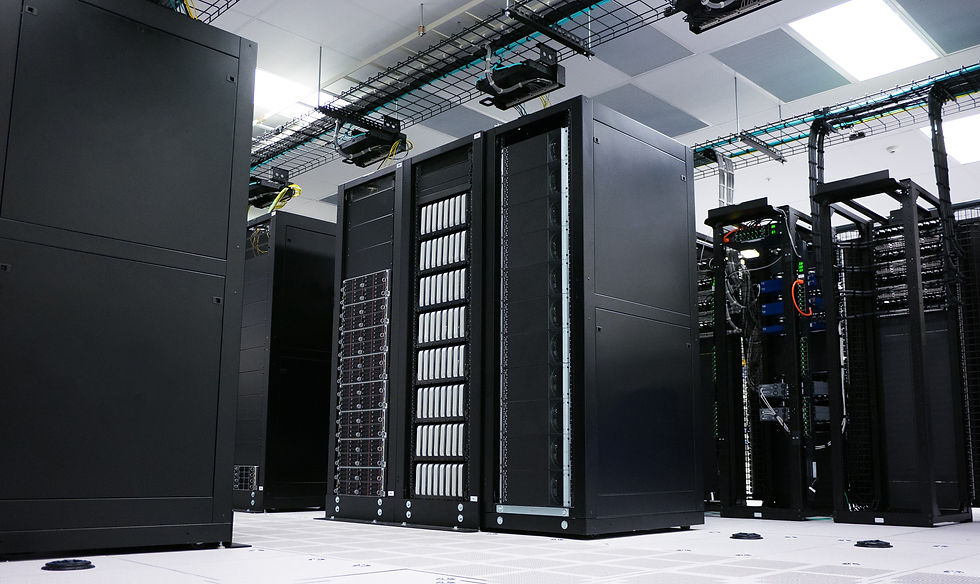The Break/Fix Model is Outdated: Here’s Why Managed IT Services are the Way Forward
- Jadon Groves

- Jan 6, 2023
- 2 min read
The traditional break/fix model is a traditional approach to IT support in which an organization waits for something to break before taking action to fix it. This reactive approach to IT support can be costly and inefficient, as it often leads to extended periods of downtime and can result in lost productivity and revenue.
In contrast, a managed IT service provider takes a proactive approach to IT support, monitoring an organization's systems and identifying potential issues before they become a problem. This proactive approach can help to prevent downtime and ensure that an organization's IT systems are always operating at optimal levels.
There are several benefits to switching from the break/fix model to a managed IT service provider:
Cost-effective: The break/fix model can be expensive as it often involves paying for on-demand IT support, which can be costly if multiple issues arise. A managed IT service provider offers a more cost-effective solution as an organization only pays for the IT support it requires on a pay-as-you-go basis.
Proactive maintenance: As mentioned, a managed IT service provider takes a proactive approach to IT support, identifying and fixing potential issues before they become a problem. This proactive approach can help to prevent downtime and ensure that an organization's IT systems are always operating at optimal levels.
Improved productivity: Downtime can be costly for an organization, leading to lost productivity and revenue. By proactively managing an organization's IT systems, a managed IT service provider can help to minimize downtime and ensure that the organization's employees are able to work efficiently.
Expertise: Managed IT service providers have a team of highly trained and experienced IT professionals who have the skills and knowledge to manage an organization's IT systems. These professionals are experts in their field and have the ability to identify and resolve issues quickly and effectively.
Scalability: The needs of an organization's IT systems may change over time. A managed IT service provider can easily scale their services up or down to meet the changing needs of the organization, ensuring that it always has the right level of support.
Security: Cybersecurity is a major concern for all organizations. A managed IT service provider can help to ensure that an organization's IT systems are secure by implementing appropriate security measures and monitoring for any potential security threats.
In conclusion, switching from the break/fix model to a managed IT service provider can provide a number of benefits to an organization. From cost-effectiveness and proactive maintenance to improved productivity and expertise, a managed IT service provider can help an organization to ensure the smooth operation of its IT systems and keep its employees happy.





.png)



Comments